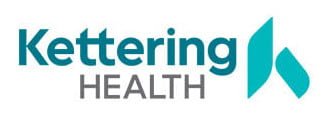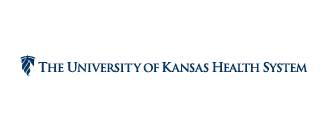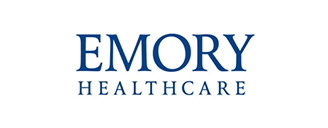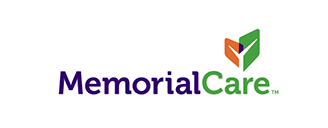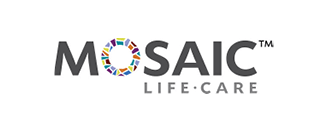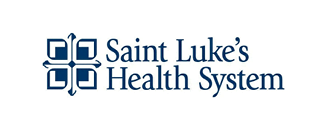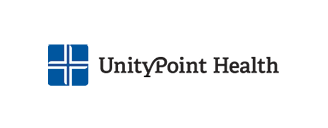Digital transformation in the healthcare supply chain is one of the top trends powering the future of the industry. Read on to learn more about today’s digital transformation landscape and how health systems are leveraging data to stay competitive.
Introduction
Data and digital transformation are dominating today’s conversations on the healthcare supply chain, and for good reason. Again and again, digital transformation has proven its worth in driving visibility and efficiency in supply chain operations.
In the first blog of our series on Getting Comfortable with the Uncomfortable, we discuss the current state and direction of the industry’s digital adoption. Then, we dive into the benefits of digital transformation and how to leverage data for decision making with real-world examples.
Today's digital transformation landscape
In a recent article by our partners at LLR Partners, author Michael Pantilione aptly put that digital transformation is “going from ‘crawl’ to ‘walk’ in the [healthcare] supply chain.”
Historically, digital transformation in the healthcare industry has been slow. In the wake of COVID-19 disruptions, inflation, and labor challenges, healthcare organizations are now recognizing the importance of a strong digital foundation.
A 2023 survey from GHX found that 45% of hospitals and health systems have now transitioned to cloud technologies to manage their supply chains. Many more plan to go digital in the coming years. An estimated 70% of all hospitals and health systems are expected to implement cloud-based supply chain technologies by 2026.
Cloud-based enterprise resource planning (ERP) systems are now the industry’s gold standard, but digitalization can’t end there. For digital transformation to reach “run,” data integration will be critical. We discuss this point in more detail in the next section.
Benefits of digital transformation and how to leverage data for decision making
According to research from MIT, digital transformation can reduce supply chain costs by upwards of 50%, and healthcare is no exception. In addition to reduced costs, digitalization can also boost revenues by as much as 20%.
Digital tools can create a multitude of supply chain efficiencies. These include automation of procurement and payment processes to save time and reduce costs. Automation can also free clinicians from manual tasks, redirecting their attention to patient care.
As mentioned above, data, and particularly the intelligent use of data, is the next step in the healthcare supply chain’s digital transformation. It isn’t enough to simply maintain records digitally. Instead, healthcare organizations must collect and organize data with scalability and interoperability in mind.
In other words, data collection must be standardized to maximize the use of digital tools as health organizations grow. Once more, it’s important to ensure that all these digital systems can securely exchange and utilize data, known as interoperability.
Digital transformation & data analytics with VPL
By centralizing vast amounts of organizational data, cloud-based ERPs are primed to pair with data analytics tools. For example, VPL’s data analytics platform aggregates data from health systems’ freight management programs with two big benefits:
First, by consolidating data, we unlock real-time visibility into shipments coming into the health system. This allows our customers to proactively plan their receiving docks and monitor and address delays before they impact care delivery.
We built this solution for buyers and clinicians to easily search and track their products as well. This creates an ecosystem that keeps everyone involved and informed with email and text notifications.
Second, our technology leverages data analytics to help healthcare organizations mitigate risks and control costs within their supply chains. With insight into lead times by supplier and location, as well as carrier performance metrics, our customers ship more efficiently relative to industry benchmarks.
In addition to the frontline improvements of digitalization, a strong digital core allows healthcare organizations to readily adapt to and integrate more advanced technologies. This includes AI and ML tools, which are rapidly advancing to provide more powerful insights into supply chain operations.
Conclusion
With health systems facing monumental pressure to improve operating margins, patient outcomes, and clinician satisfaction, digital transformation is the key. Supply chain leaders must build each step in the process upon a strong digital foundation.
Cloud-based ERP systems and data analytics tools are laying the digital groundwork today for more advanced AI and ML systems to make intelligent use of data in the coming years.
This blog is the first in our series on Getting Comfortable with the Uncomfortable: The top trends powering the future of the healthcare supply chain.” Learn more from our partners at LLR in their blog.
About VPL
We modernize clinical supply chains to support healthier patients. Our technology-driven solutions and consultative customer experience empower health systems and outpatient pharmacies to build smarter, more resilient supply chains. With over 700 hospitals and a 97% customer retention rate, we’re trusted to deliver transparency, cost savings, and peace of mind.

